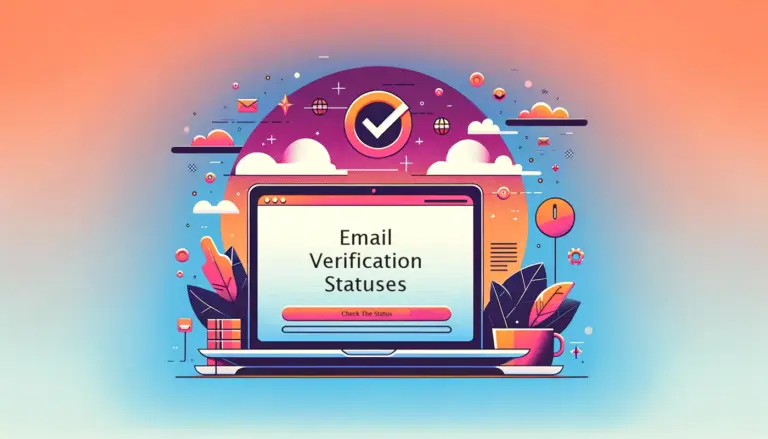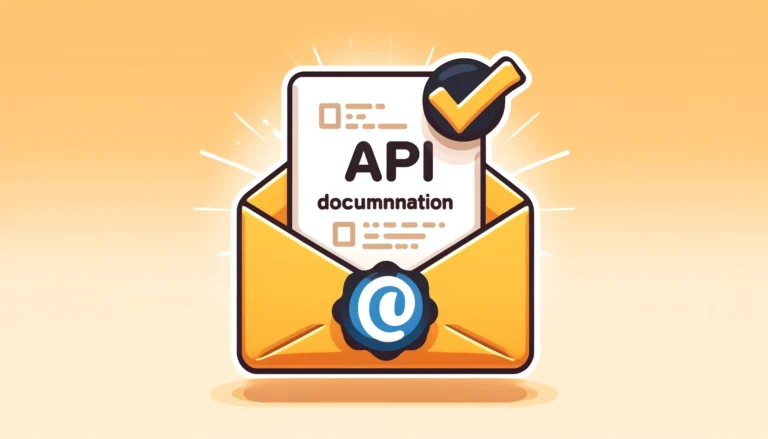A catch-all email address, also known as an accept-all address, allows an email server to receive emails sent to any address within a domain, even if that specific address does not exist. These emails are typically forwarded to a designated address monitored by an administrator. While your emails to catch-all addresses won’t bounce, you may encounter soft bounces, which are usually harmless replies from the server. Catch-all addresses are domain-specific, meaning if a domain uses a catch-all address, every email address within that domain will be catch-all.
How Spider Flux Detects Catch-All Addresses
Spider Flux Email Verifier detects catch-all addresses through a multi-step process. First, our system pings the email server to check if the address is deliverable. Next, it generates a random, non-existent email address for the same domain and verifies it. If the email server responds positively to this invalid address, it indicates that the domain is a catch-all email server.
Should You Send Emails to Catch-All Addresses?
Catch-all email addresses are close to valid, and most of them are likely legitimate. Your decision to send emails to catch-all addresses should depend on how the email addresses were collected:
- For Subscribers: If the addresses are from your own subscribers, continue sending emails. Subscribers typically provide valid addresses, and a domain status change would usually be detected by the email verification system.
- For Purchased or Scraped Lists: Avoid sending emails to catch-all addresses from your main domain. These addresses might be invalid, which can harm your sender reputation. Consider using a different email domain for these addresses if they are crucial.
- For User Registrations: Allow catch-all email addresses during registration, as they are likely valid.
Avoid sending too many emails to catch-all addresses from one domain, as excessive emails can pile up in default mailboxes and lead to your emails being marked as spam.
Can You Verify Catch-All Email Addresses?
Verifying catch-all email addresses directly is challenging because these servers accept all emails and often do not send bounce-back messages. Alternatives include searching for each email address online to gauge its presence, but this method is imprecise and might result in losing valid contacts.
Can You Verify Catch-Alls by Sending Real Emails?
Sending real emails for verification is not recommended as it constitutes spamming and is not a legal practice. This approach might irritate recipients and is unlikely to accurately determine which email addresses are valid.
Final Thoughts
While catch-all email addresses are not invalid, use caution when deciding to send emails to them. Balance your approach and maintain a good ratio of emails to avoid potential issues with spam filtering and deliverability. Always assess your specific needs and circumstances to make informed decisions.




